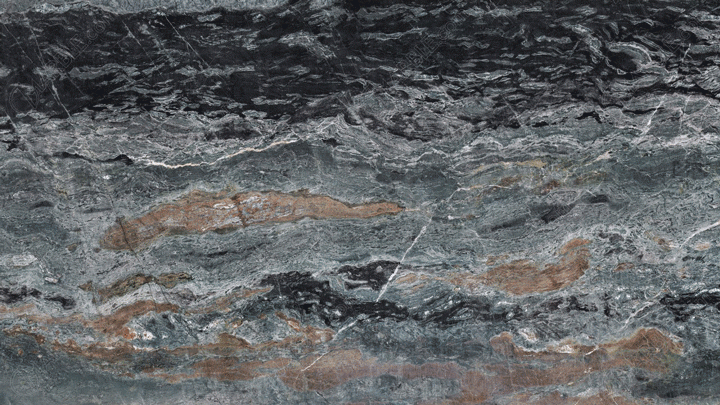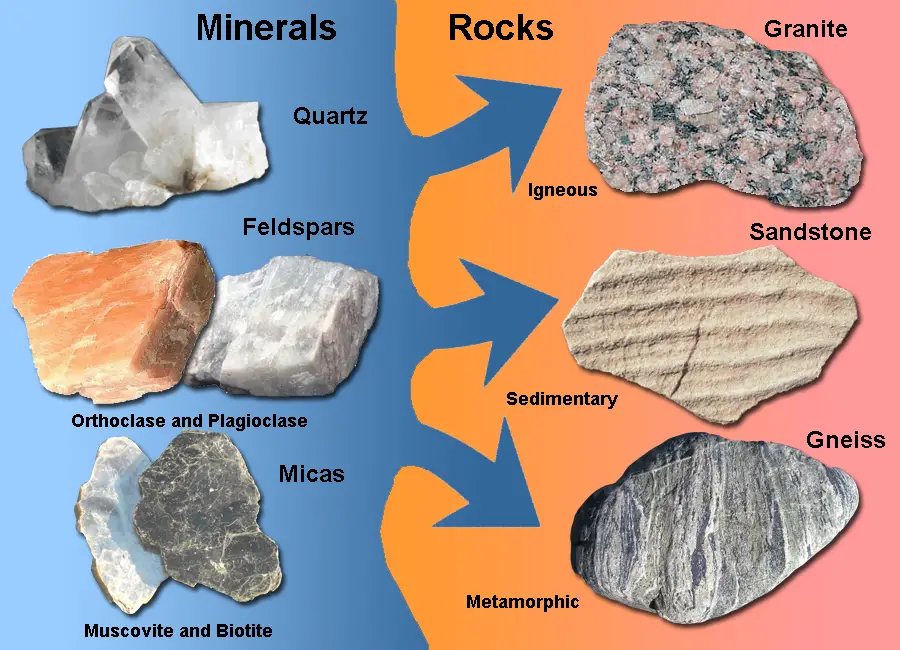5 Facts About Granite Rock

It is light colored and forms from the slow crystallization of mama below the earth s surface.
5 facts about granite rock. Granite fun facts 1. It is formed from hot molten magma its colour ranges from brown to black according to the proportions of its minerals. Granite is a type of igneous rock. Granite does not simply appear naturally as a slab.
In this article will discuss in detail five features of granite worktops in an attempt to give you an understanding of the pros and cons associated with this material. Sedimentary rocks and granite which are rich in quartz and feldspar tend to be less dense than volcanic rocks. The stone is cut from rock beneath the earth s surface. Rock density is very sensitive to the minerals that compose a particular rock type.
The magma is forced between other layers of rock by the pressure under the earth s surface. And if you know your igneous petrology you will see that the more mafic rich in magnesium and iron a rock is the greater its density. 5 facts about granite kitchen worktops if you have ever contemplated installing granite kitchen worktops in your kitchen this is the perfect article you. It is made up mainly of quartz and feldspar.
For those who ve forgotten your high school science classes igneous rocks are formed from cooling lava or magma. Granite is a light colored igneous rock with grains large enough to be visible with the unaided eye. Granite is an igneous rock one that is formed by the cooling and solidification of magma. Granite is an igneous rock.
Granite is one of the most popular stone types available. The following are 15 interesting facts about granite. There are also minor amounts of mica amphiboles and other minerals. Granite is a kind of igneous rock found on earth but nowhere else in the solar system.
Granite is usually a light coloured coarse grained igneous rock consisting mostly of quartz orthoclase feldspar sodium rich plagioclase feldspar and micas. Granite ˈ ɡ r æ n ɪ t is a common type of felsic intrusive igneous rock that is granular and phaneritic in texture. Strictly speaking granite is an. Igneous rocks are formed from volcanic activity where the molten rock crystallizes deep below the surface with pressure and heat over millions of years.
Granites can be predominantly white pink or gray in color depending on their mineralogy the word granite comes from the latin granum a grain in reference to the coarse grained structure of such a completely crystalline rock. Due to its mineral composition granite may appear as red pink gray or white with dark mineral. Quartz is usually between 10 and 50 percent of the light colored minerals in granite which give granite its characteristic sparkle with the remaining minerals consisting of feldspars. Granite is an igneous rock with grains large enough to be seen with the naked eye.
5 facts about granite. Learn five facts about this beautiful stone.



















